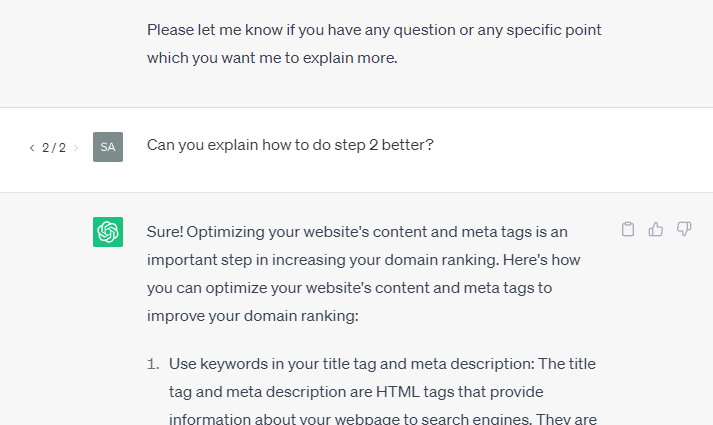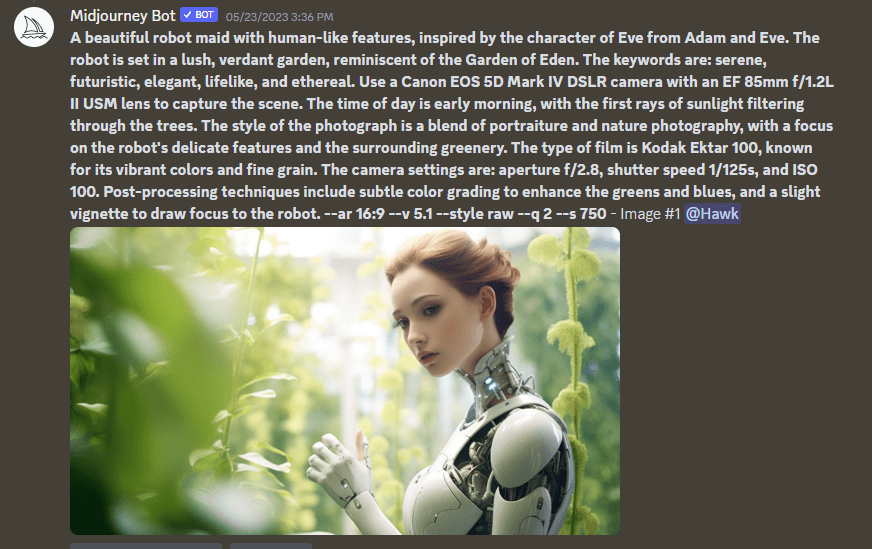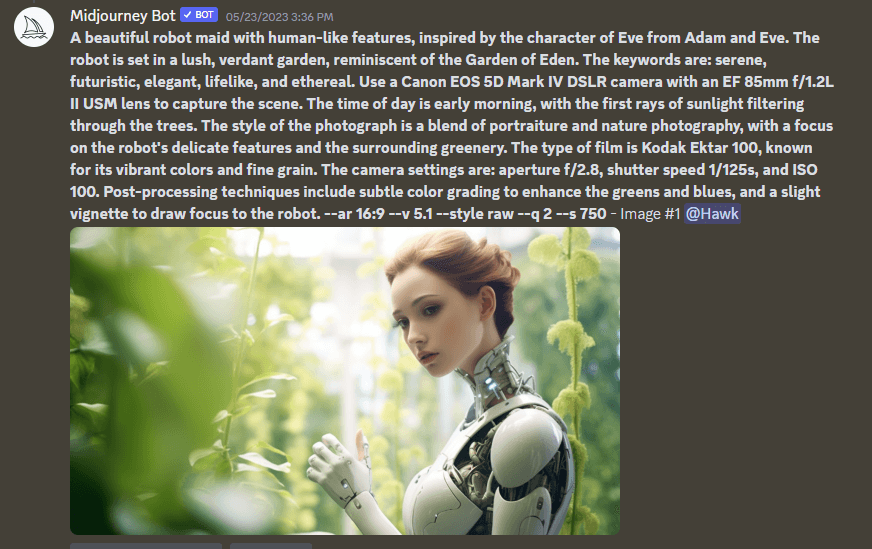What is AI Prompting?
AI Prompting is essentially the discipline of task communication within the realm of artificial intelligence. More specifically, in natural language processing (NLP), it's known as 'Prompt Engineering'. The task that the AI is set to achieve is embedded within the input as a prompt, essentially a directive, rather than being provided as an explicit command.
Prompt engineering functions by transforming one or more tasks into a prompt-based dataset. Subsequently, this dataset is used to train the language model via a method known as "prompt-based learning" or simply "prompt learning". The innovation of AI models such as GPT-2 and GPT-3 has been a significant driver in the advancement of prompt engineering.
Types of AI Prompting
AI prompting has numerous methods. The methodology can vary based on the task at hand and the specific requirements of the user. Here's a deeper look at some of the prominent methodologies:
Prefix-Tuning: This is an effective method in prompt engineering involving a 'frozen' large language model (LLM). Here, 'frozen' refers to the model being pretrained. The key aspect of prefix-tuning is learning or optimizing the representation of the prompt, as opposed to the model itself.

Chain-of-Thought (CoT) Prompting: This methodology enhances the reasoning capacity of LLMs. It encourages these models to generate a series of intermediate steps that culminate in the final response to a multi-step problem. Google researchers introduced this technique in 2022 to address the limitations LLMs face when dealing with reasoning tasks that require logical thinking and multiple steps to solve.

Text-to-Image Prompting: With the release of ML models like DALL-E 2, Stable Diffusion, and Midjourney in 2022, a new facet of prompt engineering came into existence. These models employ text prompts as inputs to generate images, pioneering the space of text-to-image prompting.

Image-to-Text Prompting: In 2023, Midjourney introduced an image-to-text model, marking another significant development in prompt engineering. These models take images as input and generate text prompts, fostering innovative prompt engineering methods.
The diversity in AI prompting stems from the range of tasks AI models are now capable of performing. Here are more detailed explanations of each type:
The Evolution of AI Prompting
The progress in AI prompting mirrors the progress in AI and NLP. Early AI systems, like the ELIZA program, could only offer basic pre-scripted responses. Modern AI, on the other hand, can create impressive outputs that often seem incredibly human-like.
The evolution of AI prompting can be traced alongside the advancements in AI and NLP. Pioneers like GPT-2 and GPT-3 language models have paved the way for sophisticated prompt engineering, driving impressive performance across multiple NLP tasks. The advent of techniques such as CoT prompting, prefix-tuning, text-to-image, and image-to-text prompting has significantly expanded the capabilities of AI prompting.
As AI models became better at understanding and generating human language, the prompts used to interact with these models have also become more complex. Nowadays, prompts can be designed to guide the AI model's output in very specific ways, which makes AI a versatile tool in many different fields, from customer service to entertainment and research.
The Potential of AI Prompt Writing as a Career
Given the rising prominence of AI in various industries, the demand for individuals skilled in prompt crafting has seen a steady increase. As the quality of the AI's output often hinges on the quality of the input prompt, adept prompt writers are a crucial resource for any organization leveraging AI.
The salary of an AI prompt writer varies greatly based on their level of experience, the complexity of the tasks, and the industry in which they work. On average, an entry-level prompt writer might expect to earn around $140,000 per year. In contrast, an experienced AI prompt writer working in a specialized industry could command a salary upwards of $350,000 per year.
These figures are approximate and can vary based on factors like geographic location, company size, and the specific demands of the role. However, as the field continues to grow, it's reasonable to expect that opportunities for AI prompt writers will expand as well.
In conclusion, AI prompting has come a long way since the early days of AI, diversifying in types and applications, and promising a potentially lucrative career path for those interested in the intersection of language, creativity, and technology.





